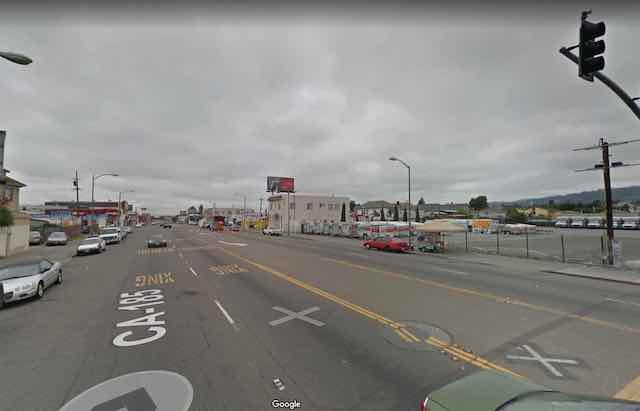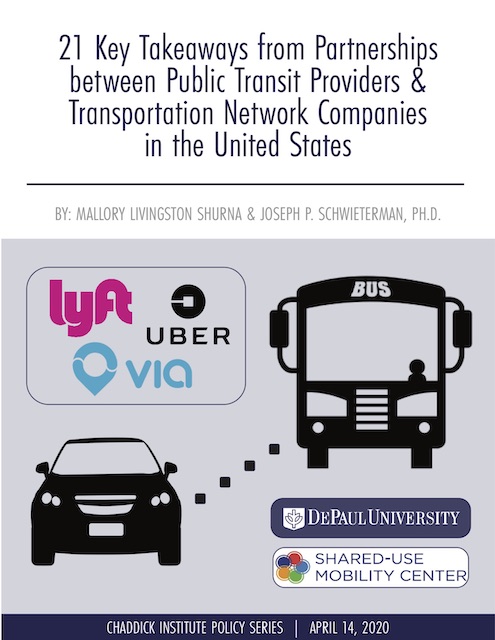The mayor of San Diego wants to spend $177 billion expanding the region’s transit system in order to make San Diego like “Barcelona, Madrid, Paris.” Meanwhile, Barcelona, Madrid, and Paris are becoming more like U.S. cities, at least in terms of the transportation habits of their residents. Driving is the dominant form of travel in all European cities and is rebounding fast after pandemic lock-downs.
Of course, driving is rebounding even faster in the United States, according to INRIX estimates. Total driving at the end of June, the entire month of July, and the first week of August was more than it had been in the weeks before the pandemic. Of course, it was the middle of winter before the virus, but that’s still an impressive comeback.
Interestingly, that driving hasn’t brought congestion back to its pre-COVID levels. Morning rush-hour driving in most urban areas was only only around 70 to 80 percent of pre-shutdown levels while afternoon rush-hour driving was 80 to 90 percent, with afternoon levels exceeding 100 percent in just a couple of urban areas. As a result, rush-hour speeds are significantly higher than they were before the pandemic. Continue reading









